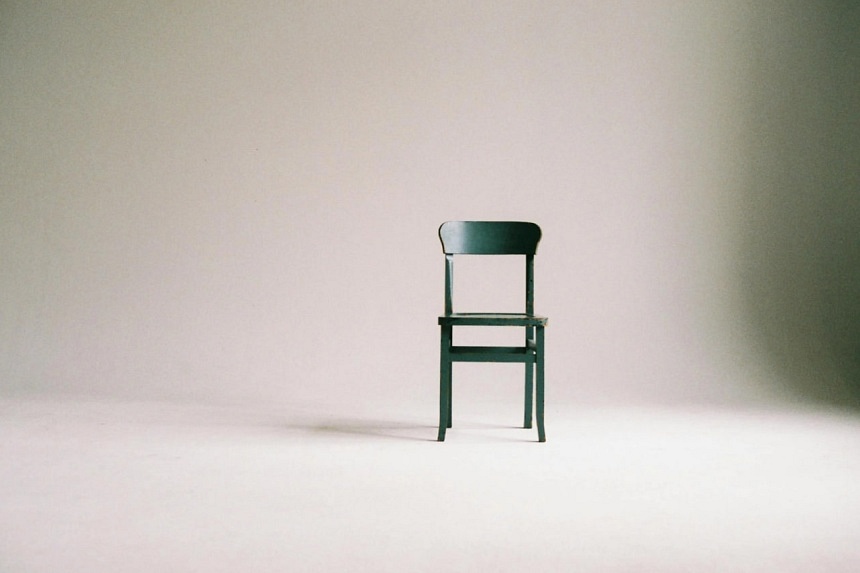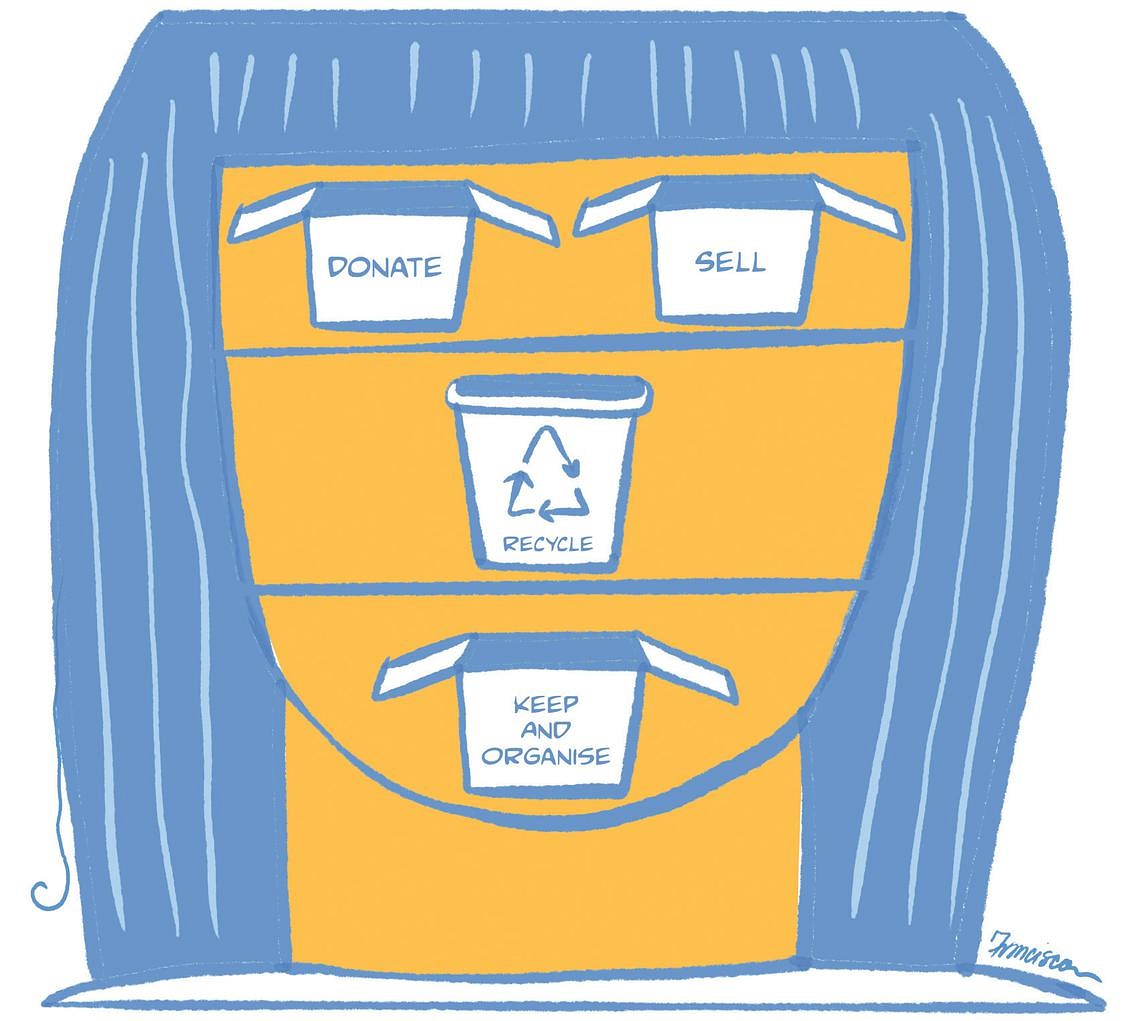Declutter in your own way: I began with paper clips, ended up with no bed
Don’t slavishly follow trends – from a capsule wardrobe to owning only 99 items – or think that minimalism means saying goodbye to beloved things.

I began decluttering by removing paper clips, and went on to get rid of the bed, sofa, television and more, without replacing them over the years. Whether you think my process is demented or delightful, and something you would hate or love to do… you’re absolutely right.
Bear that seemingly contradictory thought in mind if you come across reports about the backlash and stress over keeping up with decluttering and organising, which may come from slavishly following trends – from “fridgescaping” and “airport tray aesthetic”, to assuming wrongly that minimalism means saying goodbye to beloved things.
Misunderstanding minimalism
Here’s one way that decluttering is mistakenly framed by those backing the backlash: that things are not valued in the winnowing process.
“What we often dismiss as ‘clutter’ – all those non-essential, often oddball objects that a third-party observer might write off as needless junk – can actually be good for us,” said a New York Times opinion piece. “...minimalist scolds insist that we should repent of our materialist ways: Things, they are forever lecturing, just aren’t that important.”
Perhaps the writer is mistaking a superficial reading of minimalism or the minimalist aesthetic for the real message.
To me, minimalism is about owning only what you enjoy, which adds value to your life, while gratefully removing the rest.
If 1,000 “oddball objects” add colour and happiness to your life and that of your loved ones, then keep all 1,000 items.
It’s more about keeping things you adore, and less about reducing the number of your possessions to some magical, mysterious minimalist figure (“33-piece capsule wardrobe!”, “own only 99 things!”) that a random influencer chirped to the sound of royalty-free lo-fi background music.
“The constant need to keep up with these decluttering and organisational trends is causing genuine mental and physical stress,” Britain’s Association of Professional Declutterers and Organisers (Apdo) president Sian Pelleschi said in a Guardian newspaper report in September. “People are losing the ability, in some cases, to distinguish between a fad and a method that can benefit their life.”
So concerned is the Apdo by the increasingly extreme striving for a minimalist, well-ordered area that it is devoting its National Organising Week, held in Britain from Sept 16 to Sept 23, to the theme of going back to basics.
The report also noted the decluttering and organising movement has reached heights of unparalleled intensity and that, for example, the TikTok hashtag #Cleantok has more than 100 billion views.
Don’t take it so seriously. You can view it as just entertainment, or “cleantertainment”, as social media platform TikTok puts it, or to pick up tips to do what makes you happy.
If getting rid of things sparks stress instead of joy, then declutter decluttering.
No magical minimalism
Going back to the paper clips – there’s nothing magical about using them as a starting point for decluttering.
Like many people, I had lots of them because they were useful in the pre-digital-dominant days.
However, as I used less paper over the years, they were crowding the space they shared with cute rose-gold binder clips, and items like beautiful, beloved fountain pens.
They were just easy to let go, and were just as easy to buy or borrow if I needed them back.
Start by reaching for low-hanging fruit.
It’s the love of other things which got me to remove the unloved things.

But how did I go from low-hanging fruit to, well, practically chopping down the tree by not having a bed and a sofa, which most people would regard as being must-have items at home?
I have a passion for furniture, but it was turning my tiny home into an obstacle course.
A bed would have had a huge footprint (almost 10 per cent of my roughly 430-sq ft home’s floor area) and would remain unused for many hours in the day. A sofa also would have had a big footprint.
As I would have been quite happy sleeping or sitting on the hard floor, swaddled in a bedsheet with no need for a mattress, my eyes turned to that workhorse of furniture: the table. Why not sleep or sit on that instead?
It’s a less dusty and literally a more elevated way of getting my rest.
It freed up a lot of space.
A couple of weeks ago, I was happy to have freed up more space by finally saying goodbye to a coffee table and a mini fridge.
However, when I looked at my overstuffed cabinets with doors that I couldn’t close, I felt like I could do with a bit of encouragement. So I took stock of what I have removed over many years to give myself a tiny pat on the back. Here are some items that have not been replaced:
- A queen-sized bed and mattress
- A sofa
- Two dining/coffee tables and chairs
- A bar-height table and chairs
- Three benches
- A kitchen trolley shelf
- A six-burner gas hob
- An oven
- A toaster oven
- A microwave oven
- A mini fridge
- Two irons and an ironing board
- A television
- A four-piece sound system
- Five floor lamps
- Two-thirds of my shoes
- A third of my bags
- Half of my clothes
- A clothing rack
- A mirror a couple of metres tall
- Two room dividers
- A bookshelf
- Almost all of my books, letters, CDs and DVDs
- Almost all of my festive decorations
- Almost all of my plant pots and watering cans
Oh yes, and all of my paper clips too.
Join ST's Telegram channel and get the latest breaking news delivered to you.







No comments:
Post a Comment